Colors are far more than just a visual experience; they are powerful tools that shape our emotions, influence our decisions, and convey deep symbolic meanings. From the vibrant reds of a sunset to the calming blues of the ocean, colors have a profound impact on how we perceive the world around us. In the realm of art, colors serve as a bridge between the tangible and the intangible, allowing artists to express complex ideas and evoke specific emotions. This article delves into the intricate relationship between colors, art, and symbolism, exploring how colors are used to convey messages, shape cultural narratives, and influence artistic expression.
Table of Contents
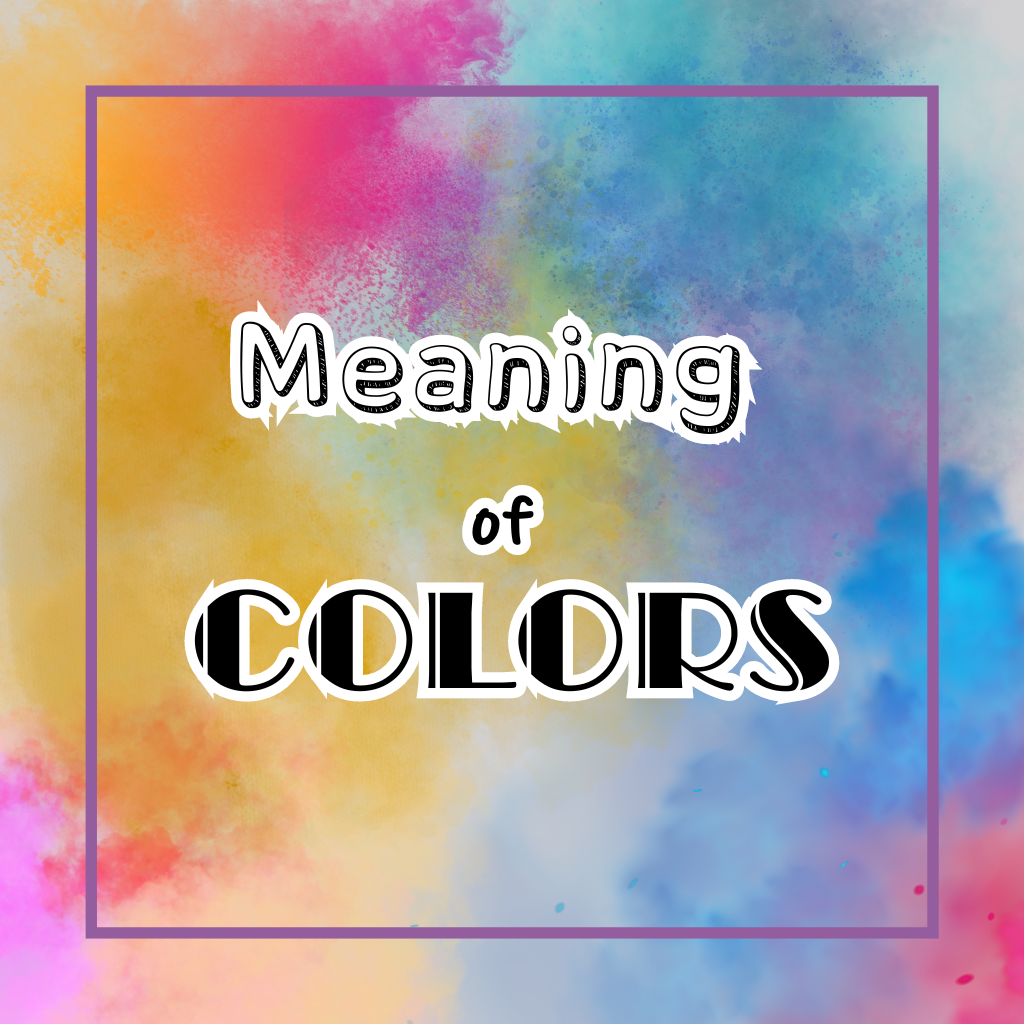
The Power of Color in Human Experience
Colors have a unique ability to affect our emotions and perceptions. They are more than just a visual stimulus; they can evoke memories, alter moods, and even influence our behavior. Think about how the color red is often associated with stop signs and alerts us to danger, while the color blue is commonly used in spaces designed for relaxation. This is because colors are deeply embedded in our daily lives and play a crucial role in how we interpret the world around us.
From the clothes we wear to the environments we inhabit, colors have a significant impact on our experiences. For instance, restaurants often use warm colors like red and orange to stimulate appetite, while hospitals and wellness centers favor cool colors like blue and green to create a calming atmosphere. This psychological effect of color is so powerful that it has become a key element in various fields, including marketing, interior design, and of course, art.
The Historical Context of Color Symbolism
The symbolic meanings of colors are deeply rooted in history and culture. Ancient civilizations understood the power of color and used it extensively in their art, rituals, and daily life. For example, in Ancient Egypt, colors like green, blue, and gold were highly symbolic. Green represented fertility and rebirth, blue symbolized the divine and the eternal, and gold was associated with the gods and immortality. These colors were not chosen randomly; they were carefully selected to convey specific messages and reflect the values of the society.
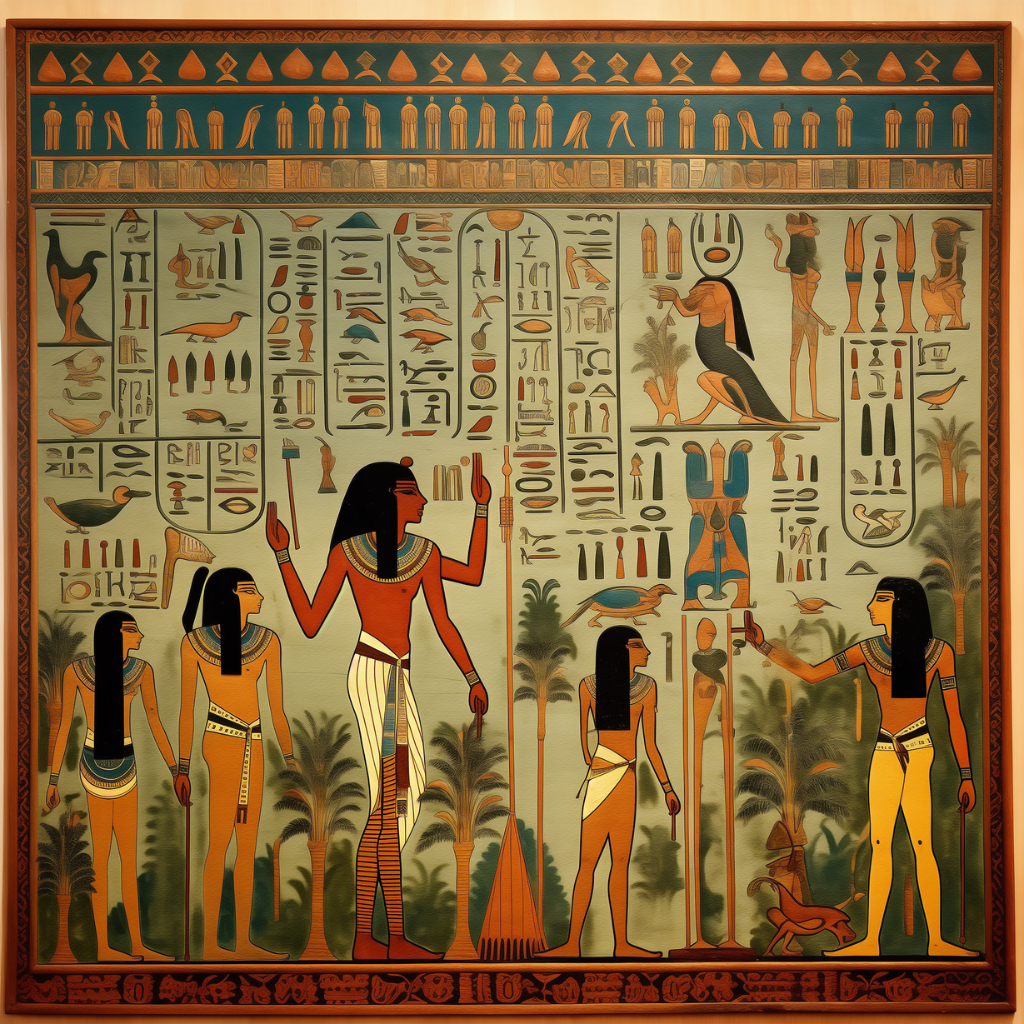
Color Symbolism in Ancient Egypt
In Ancient Egypt, color played a crucial role in both religious and royal iconography. The use of green, for instance, was linked to Osiris, the god of the afterlife, who was often depicted with green skin to symbolize rebirth and regeneration. Similarly, the color blue was associated with the Nile River and the sky, representing life, creation, and protection. Gold, on the other hand, was used to signify the divine nature of the pharaohs, as it was believed to be the flesh of the gods. These symbolic uses of color were deeply intertwined with the spiritual and cultural beliefs of the Egyptians.

Color Symbolism in Eastern Traditions
In Eastern cultures, colors have also held significant symbolic meanings for centuries. In Hinduism, for example, the color saffron is considered sacred and represents purity, sacrifice, and religious abstinence. Similarly, in Buddhism, the color blue symbolizes tranquility and the wisdom of the Buddha. In Chinese culture, red is a symbol of good fortune and happiness, often used in celebrations like weddings and the Lunar New Year. These colors are not only important in religious and cultural practices but also influence the art and aesthetics of these regions.
The Influence of Color Psychology in Artistic Expression
Color psychology is the study of how colors affect our emotions and behavior, and it plays a crucial role in artistic expression. Artists have long understood that colors can evoke specific feelings and thoughts in the viewer, making color selection a vital part of the creative process. For example, Pablo Picasso’s Blue Period, characterized by somber blue tones, was a reflection of his own emotional state during that time and conveyed a sense of melancholy and introspection.

The Emotional Impact of Warm Colors
Warm colors like red, orange, and yellow are often associated with energy, warmth, and intensity. They can create feelings of passion, excitement, or even anger, depending on how they are used. In art, warm colors are often employed to draw attention to certain elements of a composition or to evoke strong emotions. For instance, the use of red in Edvard Munch’s The Scream enhances the painting’s sense of urgency and anxiety.
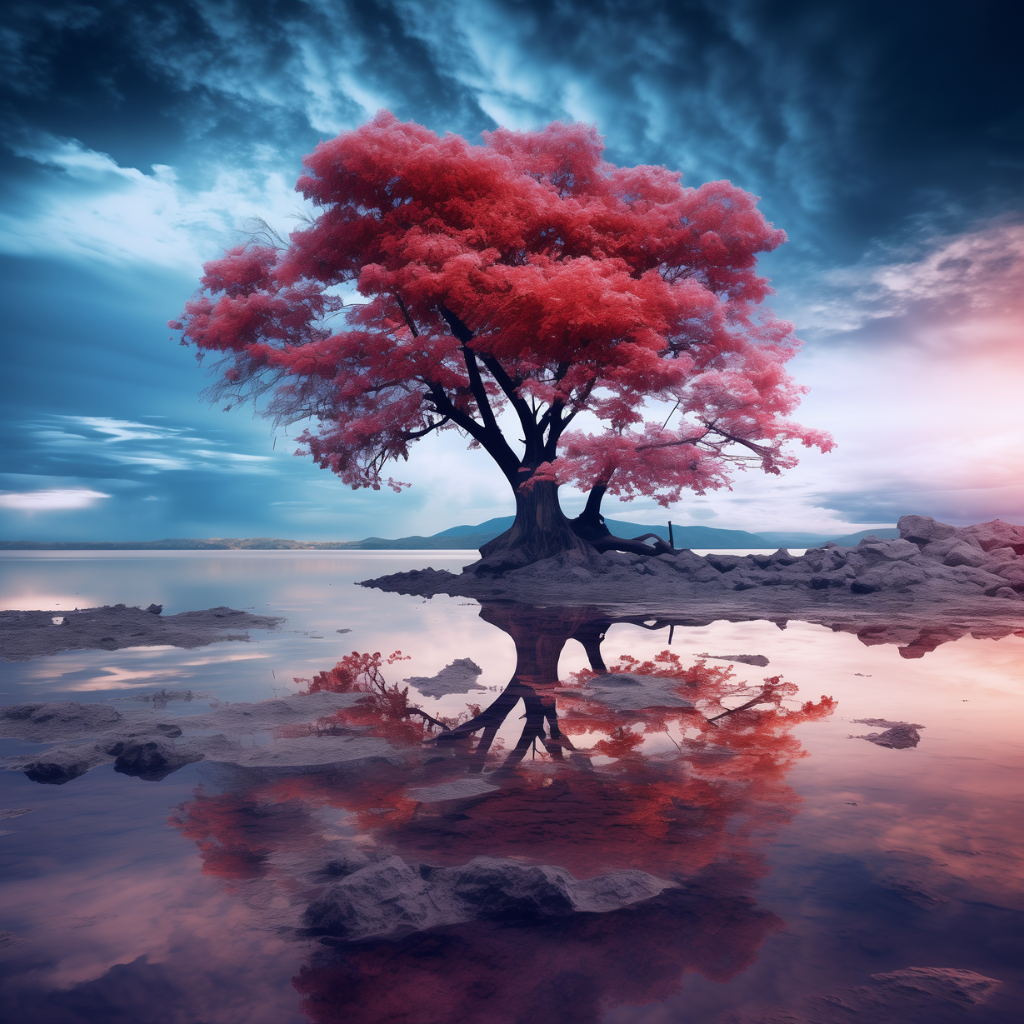
The Emotional Impact of Cool Colors
Cool colors, such as blue, green, and purple, are generally associated with calmness, serenity, and introspection. These colors can create a sense of peace or sadness, depending on their context. In art, cool colors are often used to convey tranquility or to highlight the emotional depth of a subject. Claude Monet’s use of blue and green in his water lily paintings, for example, evokes a serene, almost meditative atmosphere.
Symbolic Meanings of Primary Colors in Different Cultures
Primary colors—red, blue, and yellow—are fundamental to the color spectrum and carry rich symbolic meanings across different cultures. These colors are the building blocks of all other colors and are often used to convey powerful messages in both art and everyday life.
Red: A Symbol of Power and Passion
Red is one of the most powerful and versatile colors in the spectrum. It is often associated with strong emotions such as love, anger, and passion. In many cultures, red symbolizes power and authority. In China, for example, red is a symbol of good luck and prosperity, and it is commonly used in festivals and weddings. In Western cultures, red can represent both love and danger, making it a color of dual meanings in art and symbolism.
Blue: A Symbol of Serenity and Depth
Blue is often associated with calmness, stability, and depth. It is a color that represents the sky and the sea, both of which are vast and seemingly infinite. In Hinduism, blue is the color of Lord Krishna, symbolizing divine love and protection. In Western art, blue is frequently used to convey tranquility, introspection, and melancholy. The famous painting Starry Night by Vincent van Gogh, with its swirling blue sky, is a perfect example of how blue can be used to express deep emotion and a sense of the infinite.
Yellow: A Symbol of Joy and Caution
Yellow is a color that carries contrasting meanings. On one hand, it is associated with joy, sunlight, and intellect. It is a bright, cheerful color that can uplift spirits and convey happiness. On the other hand, yellow can also symbolize caution and jealousy. In some cultures, yellow is used to represent royalty or divinity, while in others, it is a warning color. This duality makes yellow a complex and intriguing color in both art and symbolism.
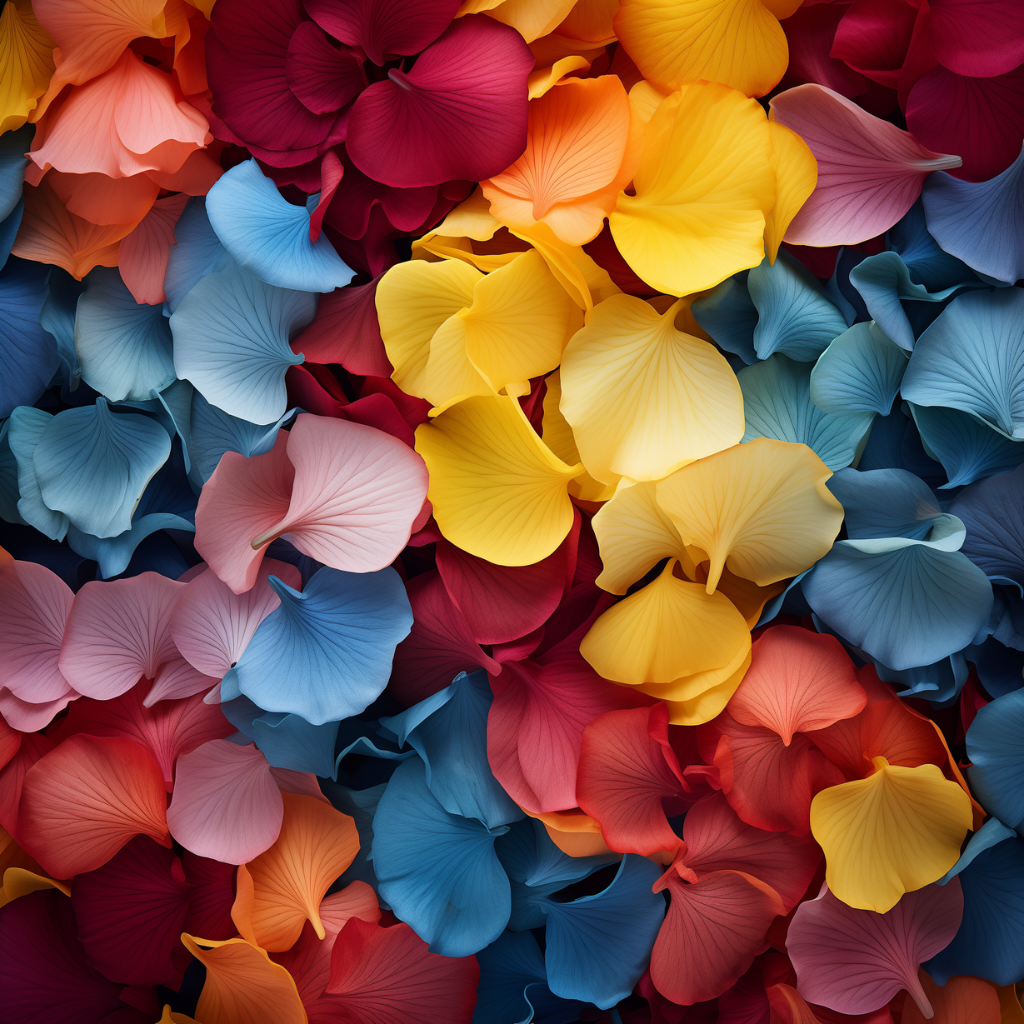
The Cultural Interpretation of Colors
Colors do not have universal meanings; their symbolism varies significantly across different cultures. This cultural interpretation of colors affects everything from art and fashion to marketing and communication. Understanding these differences is crucial, especially in a globalized world where cultural sensitivity is important.
White and Black: Contrasting Symbols in East and West
In Western cultures, white is traditionally associated with purity, innocence, and peace. It is the color most commonly worn by brides and is often used in religious contexts. However, in many Eastern cultures, white is the color of mourning and death. It is worn at funerals and represents the end of a life cycle. Black, on the other hand, is often seen as a symbol of elegance and sophistication in Western fashion, but it also carries connotations of mystery and the unknown. In some cultures, black is a color of authority and power, while in others, it represents evil or misfortune.
Green and Purple: Unique Cultural Symbolisms
Green is a color with strong associations with nature, growth, and fertility. In Islamic cultures, green is a sacred color representing paradise and divine protection. Purple, historically linked to royalty and wealth, has been used in various cultures to symbolize power and luxury. In modern times, purple is also associated with creativity and spirituality. These colors have unique meanings that vary widely depending on cultural context.
Modern Applications of Color in Art and Design
In contemporary art and design, color is more than just an aesthetic choice; it is a strategic tool that can significantly impact the viewer’s experience. Color theory provides artists and designers with a framework for understanding how colors interact and how they can be used to create different visual effects.
Color in Digital Art and Media
With the rise of digital platforms, the use of color has become even more important. Colors on screens are vibrant and dynamic, and their use can greatly influence user experience. For example, websites and apps often use specific color schemes to create a particular mood or to guide users through a process. In digital advertising, the choice of color can affect click-through rates and overall engagement, making it a critical aspect of digital design.
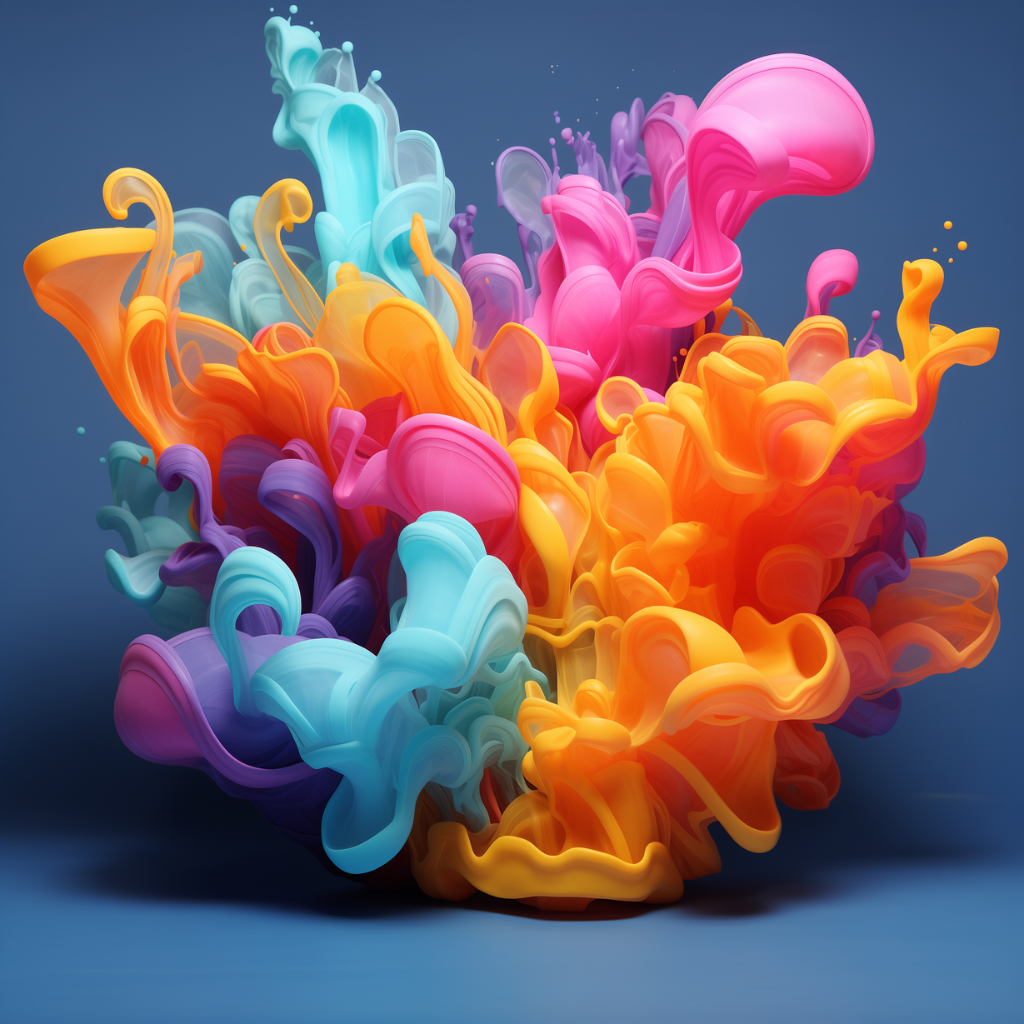
The Strategic Use of Color in Branding
Brands use color to create a strong identity and to influence consumer perceptions. The color of a logo or product packaging can evoke certain emotions and can even affect purchasing decisions. For instance, the color red is often used by fast-food brands to stimulate appetite, while blue is used by tech companies to convey trust and reliability. Successful branding often involves careful consideration of color psychology and cultural symbolism to ensure that the chosen colors resonate with the target audience.
The Future of Color Symbolism in Art
As society continues to evolve, so too will the meanings and uses of color in art and culture. Advances in technology, changes in cultural norms, and shifts in global perspectives will all influence how colors are perceived and utilized in the future. Artists and designers will continue to explore new ways to use color to express ideas, evoke emotions, and create meaning.
Conclusion
The meaning of colors extends far beyond their visual appeal. Colors are deeply intertwined with art and symbolism, carrying with them a rich tapestry of meanings that vary across cultures and contexts. By understanding the deep connection between colors, art, and symbolism, we can better appreciate the subtle power that colors have in shaping our emotions, thoughts, and cultural narratives. This understanding not only enhances our appreciation of art but also empowers us to use colors more effectively in our own creative endeavors.
Colors, in their infinite variety, offer endless possibilities for expression and interpretation. Whether you are an artist, designer, or simply someone who appreciates the nuances of color, recognizing the intersection of art and symbolism in color can provide a deeper understanding of the world around you and the art within it.
FAQs
Yes, the meanings of colors can evolve as cultural values shift and new contexts emerge.
Colors can have different meanings in different cultures, so marketers must be aware of these differences when designing campaigns for international audiences.
Digital technology allows for more vibrant and varied uses of color, but it also means that colors can appear differently on different screens, affecting perception.
Color is often used in therapy to create a calming environment or to help clients express emotions through art therapy.
Artists often choose colors that reflect the social, political, and emotional atmosphere of their time, as well as their personal experiences.